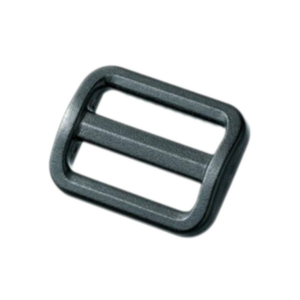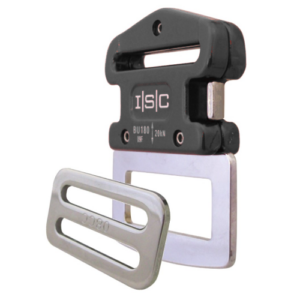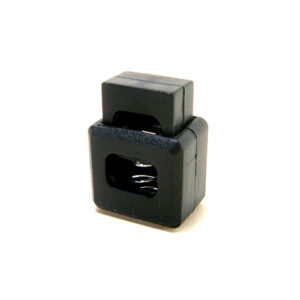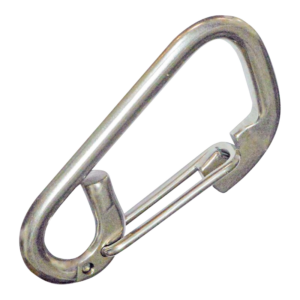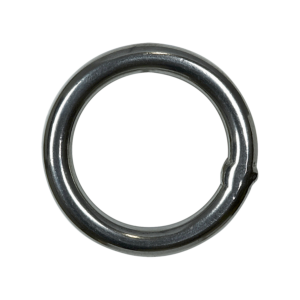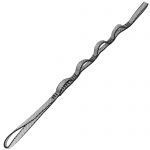
A fall at height is never a safe proposition (see section 5). Apart from impact with the ground or major surfaces, there is also the risk of impact with protruding objects. Because of this, the distance to the ground (or a solid object) must not be overestimated. A risk assessment of the site must include an analysis of the distance from the working surface that the worker could potentially fall. To this fall distance should be added a margin of safety to make up the total “fall clearance” distance that is required for certainty that the worker will not impact the ground or a solid object.
In calculating the fall distance the following factors need to be taken into account:
- Anchorage deflection, which is usually small, but may be up to 1.1 m for a horizontal life-line of under 30 m length prescribed as in AS/NZS 1891.2
- Static length of the lanyard, which does not usually exceed two metres, but should be shorter if this suits the worksite
- Extension of the personal energy absorber, which may be as much as 1.75 m, as provided for in AS/NZS 1891.1
- The height of the worker
A residual allowance of one metre for the safety margin gives the total fall clearance requirement.
In the simplest case a fall clearance of about 6.5 metres is required. With a horizontal life-line this will increase to about 7.5 metres.
If there is rope in the fall-arrest system, the extension of the rope must be taken into account, at around 10% of the length of the rope, and also an allowance for slippage of the rope grab of one metre. For a retracting life-line, an allowance for travel of 1.4 metres is needed.













